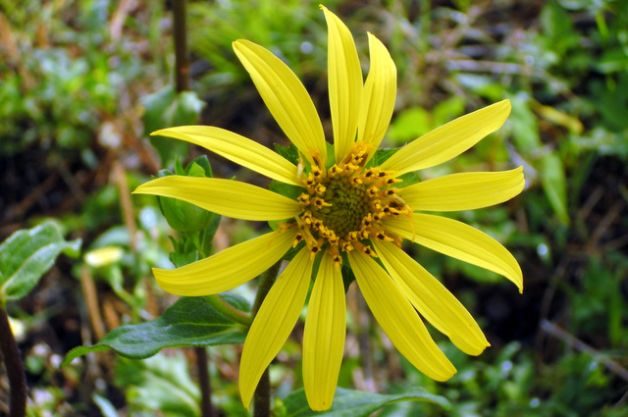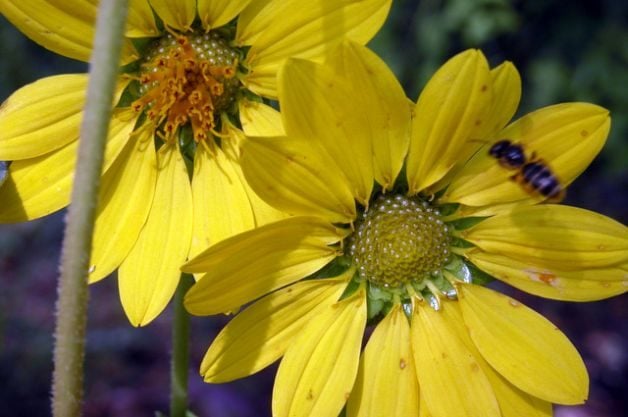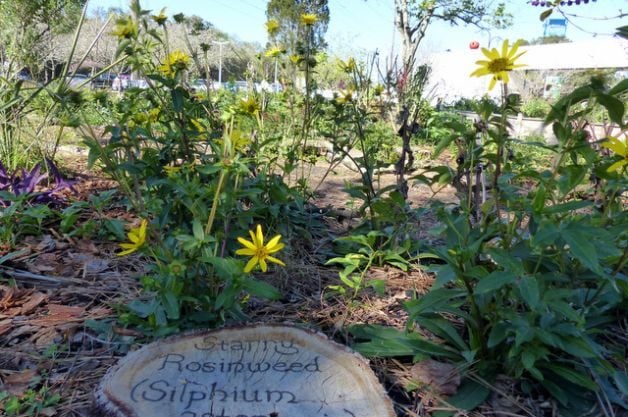Rosinweeds in the Wildflower Garden
Updated: Apr. 24, 2020
Attract bees and butterflies by growing native rosinweeds in your garden or wildflower meadow.
If you love daisies and sunflowers, you’ll definitely want to consider adding rosinweeds to your garden. These native wildflowers are topped by cheery yellow blooms like sunflowers, and do a great job of attracting bees and butterflies by the barrelful when they’re in flower.

Rosinweeds (Silphium spp.) are native to North America. There are more than 15 species found growing across the continent, in a variety of habitats and environments. Like sunflower, rosinweeds have rough, tough stems and leaves. The common name “rosinweed” refers to the sticky sap produced by the plant, which was chewed by Native Americans rather like gum. This sap can make pruning or weeding among these plants a messy job, so plan to wear gloves when working with them.

Rosinweeds put out a deep tap root, so once planted, it’s best not to move them. They are a perennial and will return each year, and some varieties self-seed rather vigorously. Most rosinweed species tend to put on some height before flowering, growing anywhere from 3 – 8 feet tall, and can be a little leggy. Plant rosinweeds where you’d plant sunflowers – a garden that’s not too formal, with other wildflowers and native plants nearby. (Fall-blooming asters, ironweeds, and goldenrods are excellent companions.)
 .
.
There are rosinweeds for just about any area. You can check with your local native plant nursery for plants or seeds, or contact your local extension office to find out which species are best for your area. Here are a few of the more common species.
Rosin Weed (S. integrifolium) – Native to central Canada and the U.S., zones 4 – 8. Blooms from July – September, 2 – 6 feet in height.
Starry Rosinweed (S. asteriscus) – Native to the southeastern U.S., zones 8 – 10. Often blooms well into the fall, attracting late butterflies. 3 – 4 feet in height.
Compass Plant (S. lacinatum) – Native to much of the central and northeastern U.S. and Canada, zones 3 – 9. Very tall, growing up to 8 feet or more. Name comes from plants’ tendency to orient their leaves on a north-south axis.
Cup Plant (S. perfoliatum) – Native to Eastern U.S. and Canada, with the exception of the deep south, zones 4 – 8. Prefers wetter soils, where it grows up to 8 feet. Late summer bloomer.